10 Cool Things to 3D Print in 2021
3D printing has become a relatively mainstream manufacturing technology over the past decade. The cost of machines and materials has dropped to the point where the average person can afford to either print parts themselves or to have them printed from printing service providers. 3D printing enables you to create truly unique and interesting things that would not be possible or economical using traditional manufacturing. And its low cost allows your imagination to run wild without the tether of price and practicality to keep it down. This article is all about the lighter side of things; let’s look at a few cool things to 3D print in 2021.
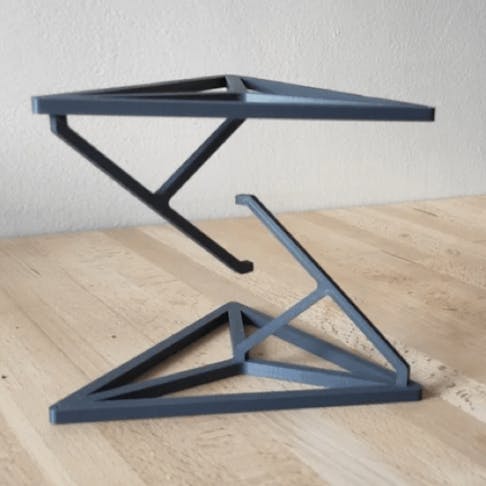
1. Strandbeest
The name strandbeest refers to a range of automatons designed by Theo Jansen. His goal was to make machines that moved autonomously, powered only by the wind. His first creations were huge, but there are now many smaller versions available to 3D print which still allow you to examine the underlying mode of operation in detail. These creepy yet amazing creations are most impressive when they are in motion. Due to the many moving parts, SLS is a technology that is ideal for pruning the strandbeest; it can even be printed in one step, eliminating the need for post-print assembly.
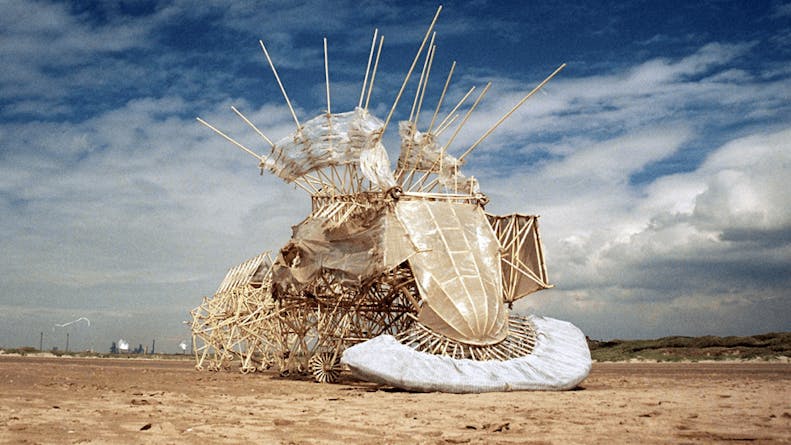
A Strandbeest
2. Robot Arm
This 3D print requires the addition of some electrical components to make it fully functional, but it’s simply too cool not to list here. With the 3D-printed arm parts, a few servo motors, and a control chip, you can create a capable robot arm! Experiment with printing, building, and generally trying to get it to do your bidding. This project is one of the most frustratingly fun things to 3D print and ties 3D printing, electronics, and programming all into one robot-shaped package. These types of components are easily printed on FDM machines.
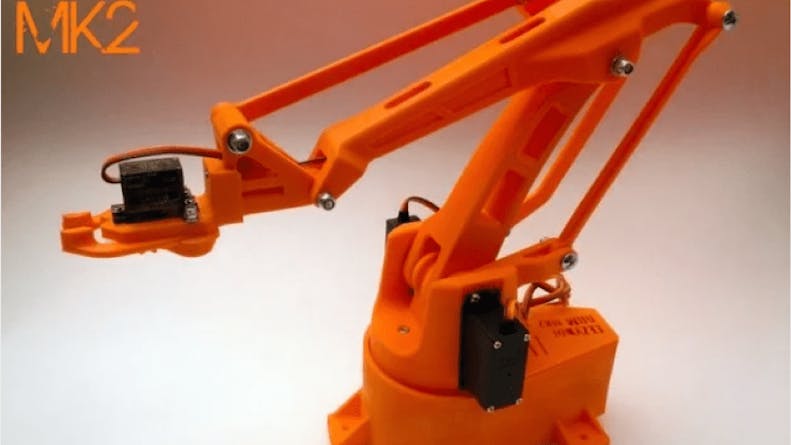
A Robot Arm
3. Turbofan Jet Engine
This 3D print is a cutaway model of a two-spool high bypass turbofan. It is not based on a specific engine model but still contains all the main components of a turbofan jet engine. This print has many parts and is an intricate build but is definitely worth the effort. Once complete, this print serves as an excellent display piece that can be used to flaunt your knowledge of turbofans and printers alike. Due to the high level of detail, these types of parts can be printed with SLS for best results. Some modern jet engines even make use of printed metal parts that are made using DMLS technology.
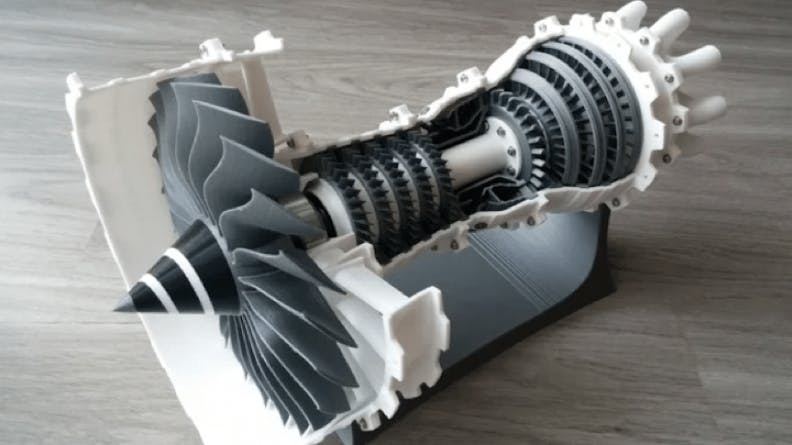
Turbofan Jet Engine
4. Zoetrope
The zoetrope was invented in 1834 and was an early method of creating animations using slightly different sequential images, much like a flipbook. Original versions placed images on the inside of a drum that had slits cut out on its sides; as the drum was rotated it would appear as though the images were animated. With the advent of 3D printing, these zoetropes have gained an extra dimension. Incredible effects can be created by replacing the slitted drum with a strobe light and using 3D models instead of pictures. It's best to view this effect in action to truly appreciate how mesmerizing it is. Color MJF or PolyJet printing technology can create these parts without the need for painting, creating immersive physical animations.
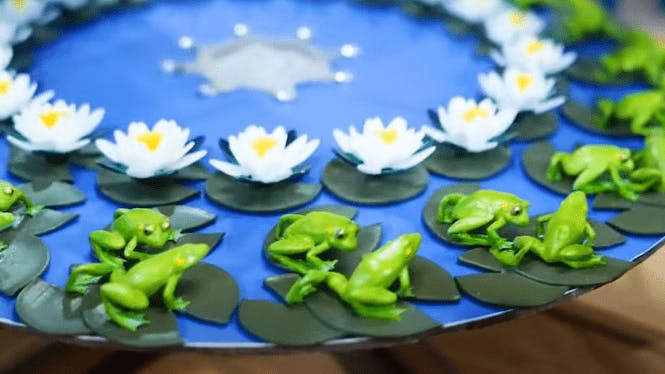
A Zoetrope
5. Lithophane
Like the zoetrope, the lithophane is an old technology that essentially creates an image by shining a light through it. Different levels of light are blocked based on the thickness of the lithophane. With 3D printing, it is possible to turn any picture into a lithophane. One of the cool things to 3D print using this method is an accurate representation of the moon, including all its major craters and surface features. Add an LED light into the print to create a lamp that mimics a full moon., A Mars model is also available to print as a lithophane, for those who prefer more distant celestial bodies. While FDM printers can be used, including our recently added PLA offering, SLA is better as it can recreate the smallest details and results in a high-quality print.
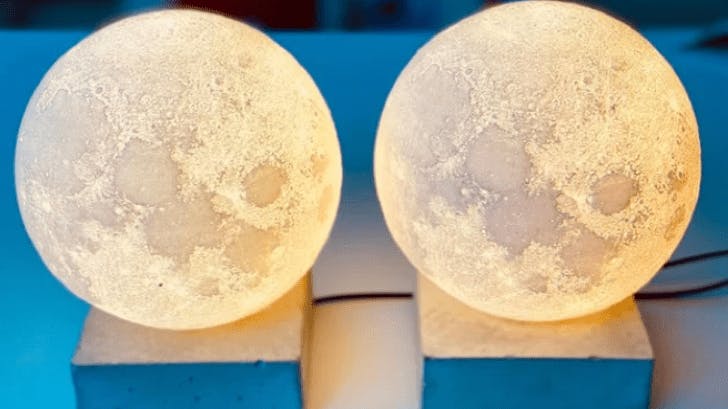
Lithophane
6. Tensegrity
At first glance, tensegrity sculptures seem to defy the fundamental laws of physics and can make the observer question the very nature of reality. However, the more astute observer may notice that its operating principle is quite ordinary. This does not change the fact that these creative pieces are fun things to 3D print. There are many different versions of this, some more exotic than others. However, the most popular is also the simplest. All you need other than the printer is some fishing line to connect the two pieces. FDM printing is best suited for this part due to its simplicity.
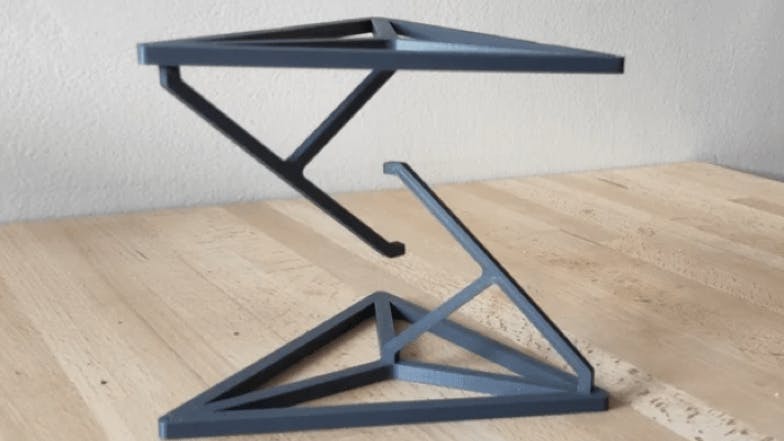
Tensegrity
7. Spherical Gear
The fidget spinner craze spun itself out quite quickly. However, it introduced many to the timeless joy of fidgeting. And sometimes, the more complex the fidget device, the more fun it is. This is where the spherical gear steals the show. Once printed and assembled, it becomes the ultimate fidget machine. Each separate gear on the surface of the sphere can be turned, which then causes all the other gears to turn as well. Parts with this level of fine detail that still require some strength can be printed using polyjet technology.
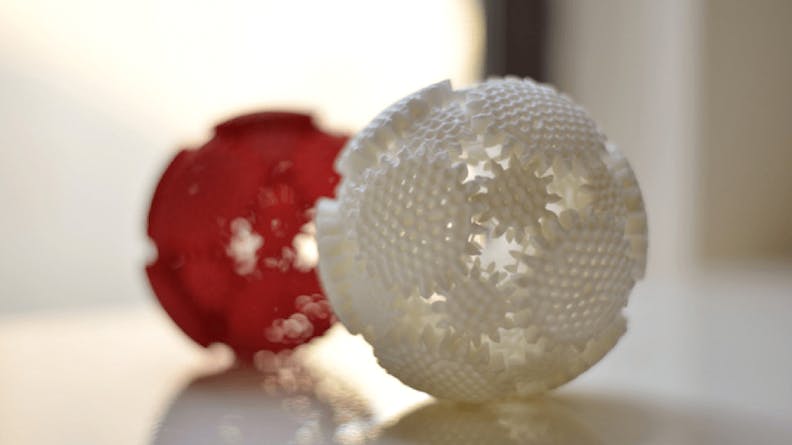
Spherical Gear
Digital Sundial
Using a sundial to tell the time in this day and age is like using an abacus as a calculator. However, a digital sundial is definitely the coolest way to tell the time. This design uses a complex series of precisely calibrated holes, slots, and shapes to display the current time based on the position of the sun. The amazing part is that the time is displayed in a digital 24-hour format. This ingenious design may only work between 10 am and 4 pm and display only 20-minute intervals, but it's still one of the most fun things to 3D print. Due to its fine features, it may be easier to print these using SLA or SLS printing technology.
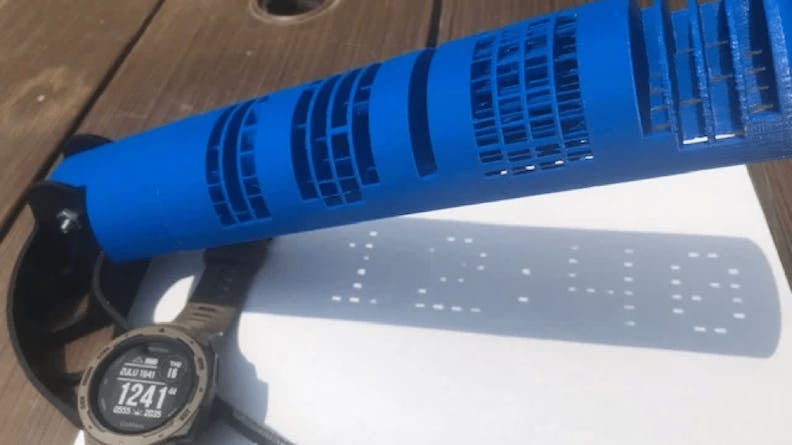
Digital Sundial
9. Fractal Vice
Bench vices are the most boring yet most heavily used tools in the shop. They do their job admirably...until they don’t. Vices just don’t do well with non-flat surfaces. To prevent parts flying out of the vice at the first hammer blow it may be best to consider the fractal vice. This vice is capable of conforming to odd shapes while still maintaining sufficient grip. To be fair, a 3D-printed vice may also fly across the shop at the first hammer blow, but that doesn’t mean that it’s not a cool thing to print. It can be used to tightly hold complex parts for light-duty work. Metal 3D printing is an expensive process for a shop vice. However, to get the full benefit of the fractal vice it can be printed in metal using DMLS or even binder jetting.
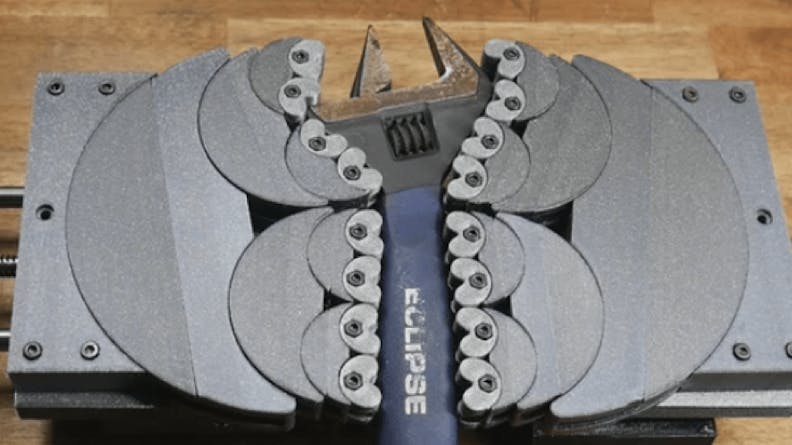
Fractal Vice
10. 3D Scanner
If none of the parts listed above are cool enough, maybe it's best to look around to find some physical object to copy and print. Scanning 3D objects often require expensive laser-based scanners and direct 3D modeling of parts based on physical objects is a tedious process that often involves incorrectly using a vernier caliper. To make things easier, a process known as photogrammetry can be employed to digitize 3D models. This process creates high-fidelity models by taking hundreds of photos of a part so that the software can stitch these images together into a model. If taking hundreds of pictures of an object doesn’t sound like much fun, fear not! A 3D printed 3D scanner can be used to make the process much faster. It works by rotating the model with a geared mechanism so pictures can be taken in rapid succession.
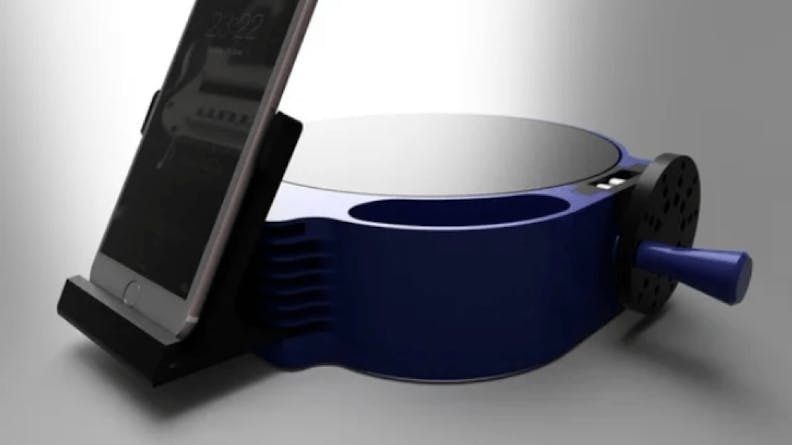
3D Scanner
In Conclusion
This list of cool things to 3D print only scratches the surface of what's possible. If wrestling with a 3D printer is not for you, then there is still hope! Parts can be submitted to Xometry to be printed on a wide range of machines that can handle almost any type of part. Whether you want to print a rocket nozzle or a level 20 mage, Xometry has the equipment, expertise, and pricing options to help bring your idea to the world. To learn more, contact a Xometry expert today.
